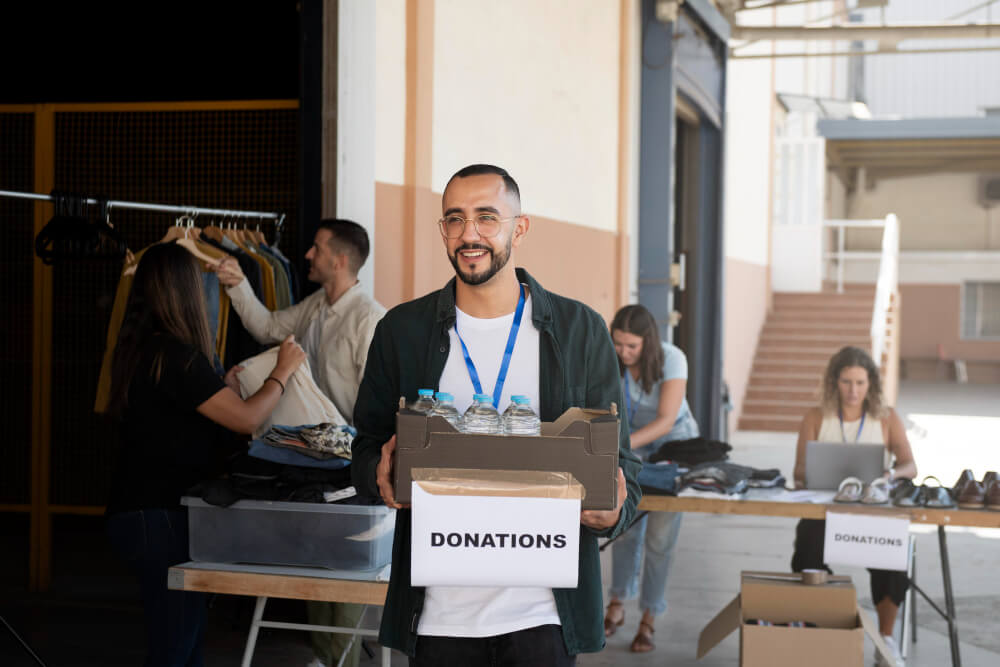When Does A Foundation Really Mean “No”?
Unfortunately, the answer is most of the time. Let’s go through a couple of scenarios from my recent real-world encounters to see how this can play out.
Scenario A: You’ve done your prospecting homework and have identified a foundation that’s a good fit with your organization. Unfortunately, you don’t have a connection between one of your board members and one of their trustees, but the foundation does accept unsolicited proposals.
So you go ahead and submit a well-written proposal, following all of their guidelines. Several months go by and you’re wondering when you will receive notification. Probably still too soon. So you wait until six months go by and still nothing. You call the contact number listed in the foundation’s 990 (or in the Foundation Directory) and leave a message, asking about the proposal that you submitted six months ago. They don’t call back. This is a, “No.”
If you’re absolutely, 100% sure that this foundation is a perfect fit for your organization, then go ahead and submit another proposal. If you get the same result this time, then cross them off your list!
Variation on Scenario A: You do get in touch with the foundation manager after submittal and they indicate that your proposal was not accepted. Although this news is disappointing, feedback from the foundation manager is valuable for your grant program.
Ask them if they can share any reasons why your proposal was denied: were there too many other submission this grant cycle and you just didn’t make the cut; did you leave something critical out of your submission; or, is your organization just not a good fit with their foundation? And, thank them for taking the time to discuss your proposal!
Scenario B: Again, you’ve done your homework. This time you’ve identified a foundation that doesn’t accept unsolicited proposals. So you submit a letter describing a little about your organization and asking about the possibility of applying for grant funding. You indicate that you will follow up by phone. You do, and you leave a message. They don’t call back.
A couple of weeks go by and you leave another message. They still don’t call back.
This is a, “No,” and until you can make a connection through a board member, staff member, involved donor or volunteer, then better to delete this foundation from your list.
=-=-=-=-=-=-=-=-=-=-=-=-=-=
Lynn deLearie, owner of Lynn deLearie Consulting, LLC, helps nonprofit organizations develop, enhance and expand grant programs, and helps them secure funding from foundations and corporations. She can be contacted at lynn.delearie@gmail.com..










